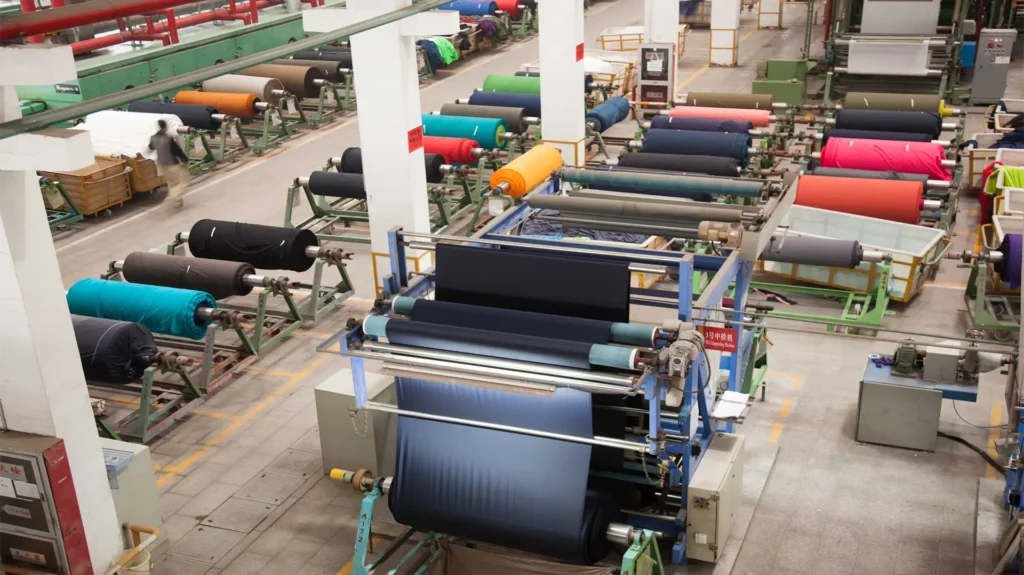1. Selecting Eco-Friendly and Renewable Materials
A fundamental step toward sustainability is choosing recyclable materials that support eco-friendly practices. Traditional plastics and synthetic fibres contribute to pollution and landfill waste. Instead, My Global Threads Our product development process focuses on using biodegradable alternatives such as plant-based bioplastics, recycled aluminium, bamboo, and organic cotton to enhance environmental sustainability. These materials support ethical sourcing and reduce environmental impact.
2. Minimizing Waste Through Smart Manufacturing
Sustainable manufacturing involves optimising material use and reducing waste through innovative product ideas. MGT implements lean manufacturing techniques that minimise excess and repurpose factory waste into new products. Advanced technologies like 3D printing help reduce material consumption and production costs while ensuring eco-friendly production practices.
3. Designing for Longevity and Repairability
Creating durable and repairable products extends their lifespan and reduces the need for frequent replacements without compromising sustainability. My Global Threads: We help you design long-lasting, high-quality products that allow for repairs and upgrades instead of premature disposal. This reduces waste and ensures that consumers get the most value from their purchases.
4. Energy Efficiency in Product Manufacturing and Usage
Energy consumption is a major contributor to carbon emissions. We must incorporate sustainability into our everyday choices and practices to combat this. Our production facilities utilise renewable energy sources and incorporate energy-efficient technologies in our product design and development strategy. By implementing LED lighting, efficient motors, and battery optimisation, we create products that use less energy throughout their lifecycle, aligning with our sustainability objectives.
5. Sustainable Packaging and Distribution
Packaging is a critical aspect of sustainability. My Global Threads has adopted plastic-free packaging solutions, using compostable bioplastics, recycled cardboard, and reusable materials to minimise environmental impact. Additionally, we optimise our logistics and transportation routes to improve product distribution and reduce carbon emissions.
6. Implementing Circular Economy Principles
At MGT, we believe that sustainability doesn’t end when a product reaches the consumer. We actively promote recyclability, reuse, and upcycling to ensure our products remain environmentally responsible throughout their lifecycle. By integrating circular economy principles, we help you design products that reduce dependency on virgin resources and are designed for longevity.



